Avoiding high fructose corn syrup seems like it would be fairly easy if you read your labels and eat a plant-based diet. However, there are still ways in which this artificial sweetener can find its way into the food you eat. Here are three surprising sources of high fructose corn syrup that you might want to avoid:
- Salad dressing. Low-fat or not, many salad dressings contain high fructose corn syrup as a main ingredient. Make your own with oil and vinegar dressing or buy organic to avoid this.
- Honey-roasted peanuts. There are only seven ingredients in this sweet snack, and corn syrup is one of them. Choose raw or oven-roasted nuts instead.
- Ketchup. It might be no surprise that ketchup includes sugar, but some brands contain exceedingly high amounts. Look for all-natural brands or use ketchup sparingly.
Corn Syrup in Unexpected Foods [Huffington Post]
Surprising Products That Contain High Fructose Corn Syrup [Divine Caroline]
(Not So) Sweet: Surprising Foods Containing High Fructose Corn Syrup [Babble]
6 Popular Foods with High-Fructose Corn Syrup [FitDay]
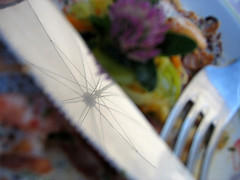

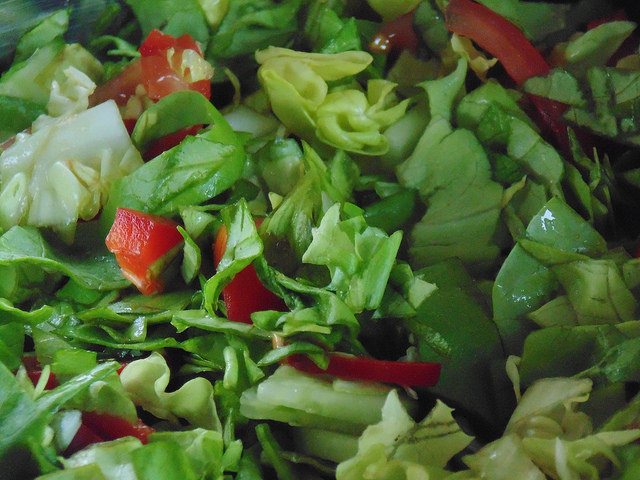
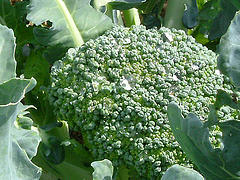
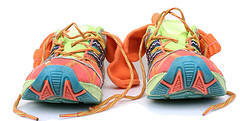

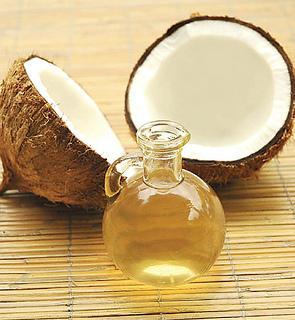
 Equal Housing Opportunity
Equal Housing Opportunity